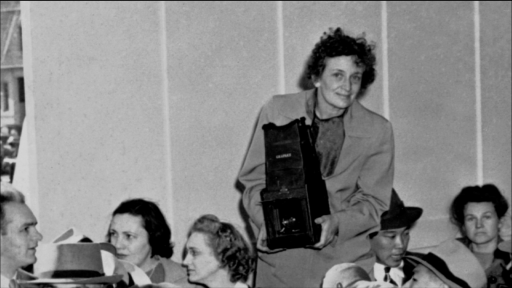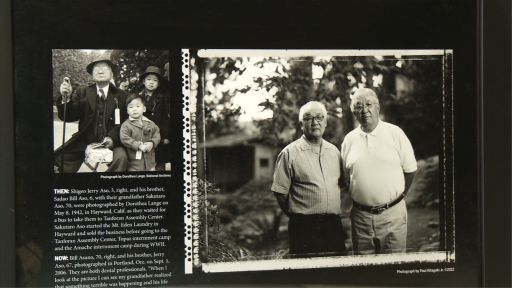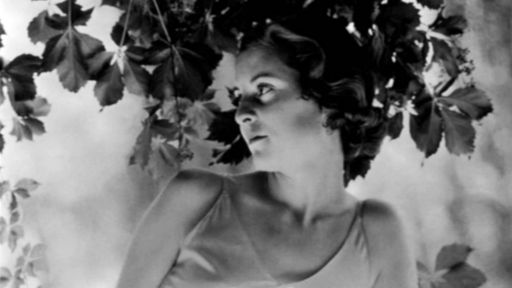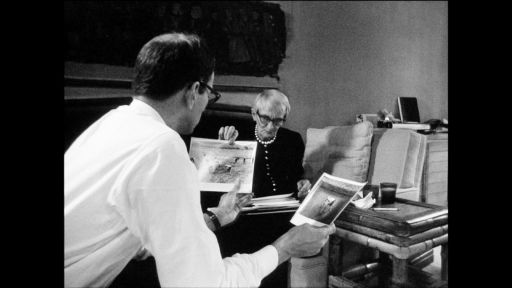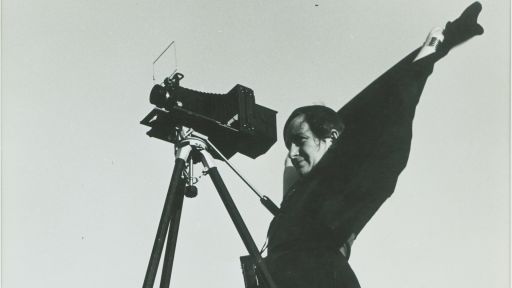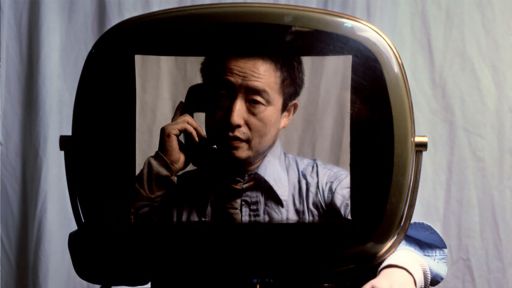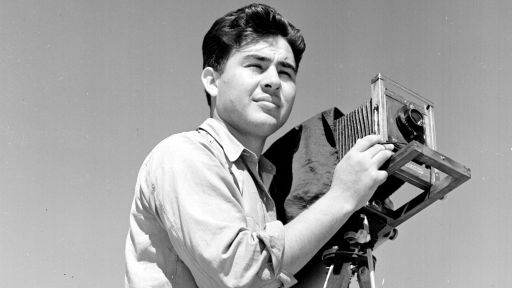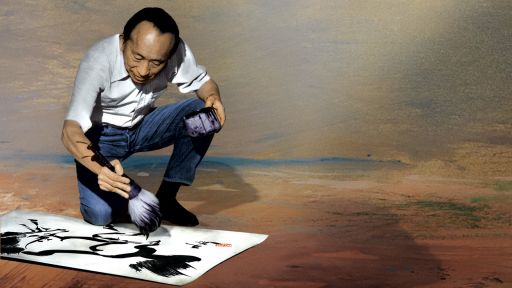Coinciding with the Great Depression was the Dust Bowl, an eco-disaster created through a combination of drought and damaging agricultural practices. Farmers reported that their land literally blew away, forcing families from Nebraska to Texas to migrate. Dorothea Lange and her husband Paul S. Taylor documented the very start of the mass migration to California.
The couple were the first to witness and to understand the causes of this huge migration of hundreds of thousands of people, according to Linda Gordon, professor of history at New York University and author of Dorothea Lange: A Life Beyond Limits.

Drought refugee\’s car on U.S. Highway 99 between Bakersfield and Famoso, California. Note: the photographer passed 28 cars of this type (drought refugees) between Bakersfield and Famoso, 35 miles, between 9 and 9:45 in the morning. November 1936. Photo: Dorothea Lange
In this film excerpt, Dorothea describes photographing the first packed car of migrants entering California (pictured above): “That was the first car I saw that came out of the Dust Bowl. And that was the day the darn thing was discovered — what was happening. Nobody knew it. And then there was a rush. Never has stopped – that influx.”


